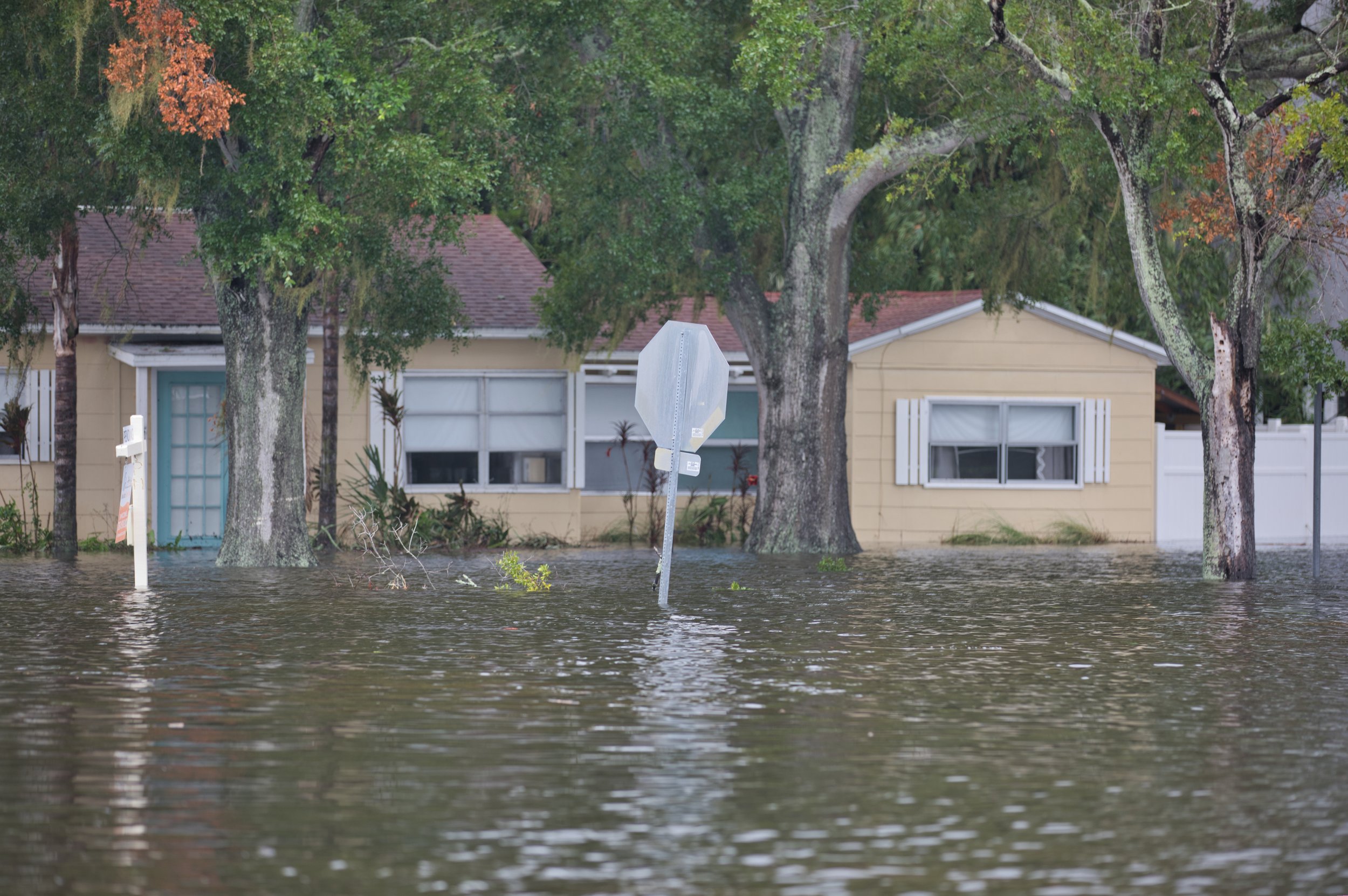💡 What Is the 50% Rule?
The 50% Rule is part of the National Flood Insurance Program (NFIP) and enforced by local municipalities. It applies to structures in Special Flood Hazard Areas (SFHAs) — often labeled as flood zones.
It says:
If the cost to repair, restore, or improve a structure equals or exceeds 50% of the building's market value (not including land), the entire structure must be brought into compliance with current floodplain regulations.
This can mean raising the home, modifying the foundation, or other costly upgrades to meet today's flood codes.
🌀 How This Affects Flood-Damaged Homes After a Hurricane
If a home is substantially damaged (typically due to flooding), the local building department will review repair permits to determine if the cost of those repairs exceeds the 50% threshold.
If under 50%: The owner can repair the home without bringing it up to current flood code.
If 50% or more: The home must be brought into compliance with current standards — often requiring elevation, which can be extremely expensive.
📏 How the 50% Is Calculated
The cost of repairs includes labor, materials, and even volunteer labor or donated materials (valued at fair market rates).
The market value of the structure is usually determined by county tax rolls or an independent appraisal (excluding land).
Example:
Market value of structure: $200,000
Cost of repairs: $120,000
→ Because $120,000 is 60% of the value, this would trigger the 50% Rule.
🔍 Why It Matters to Buyers & Sellers
Buyers: Be cautious when considering homes in flood zones that have sustained storm damage — even if the price seems low. Future repairs may require full compliance.
Sellers: If your home was substantially damaged, you may need to elevate or retrofit it before it can legally be repaired and resold.
Investors: Always factor this rule into your renovation budget. It can make or break a flip in a flood-prone zone.
🛠️ What Compliance Might Require
If the 50% rule is triggered, you may have to:
Elevate the structure above base flood elevation (BFE)
Use flood-resistant materials below BFE
Relocate electrical and mechanical systems
Meet modern wind and flood codes
🗂️ Pro Tip: Substantial Damage Letters
After a storm, cities often issue “Substantial Damage Determinations” to properties known to be hit hard. If you're unsure about a property's status, check with the local building department — they’ll have records and guidance.
✅ Final Thoughts
The 50% Rule protects communities from repetitive flood loss, but it can also be a financial hurdle for homeowners and buyers. Understanding it helps you make smart decisions — whether you're evaluating a distressed property, budgeting for repairs, or advising clients as a real estate professional.
If you're ever in doubt, consult with a local contractor or floodplain manager — or reach out to your local FEMA office.

